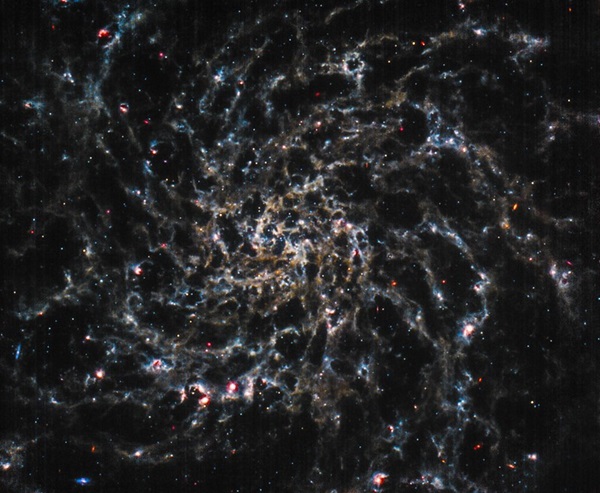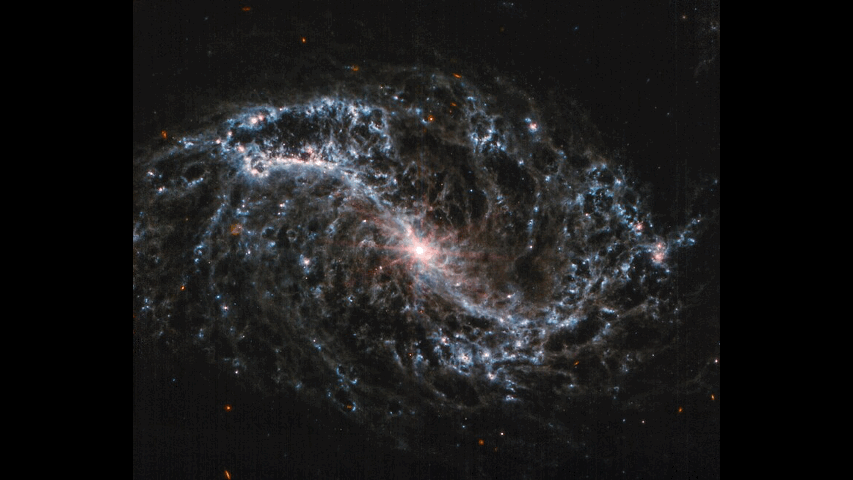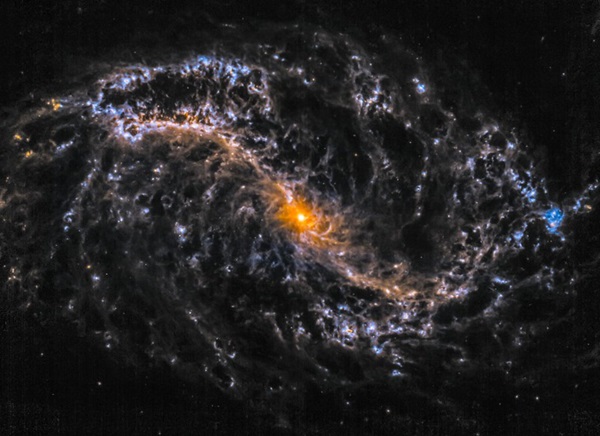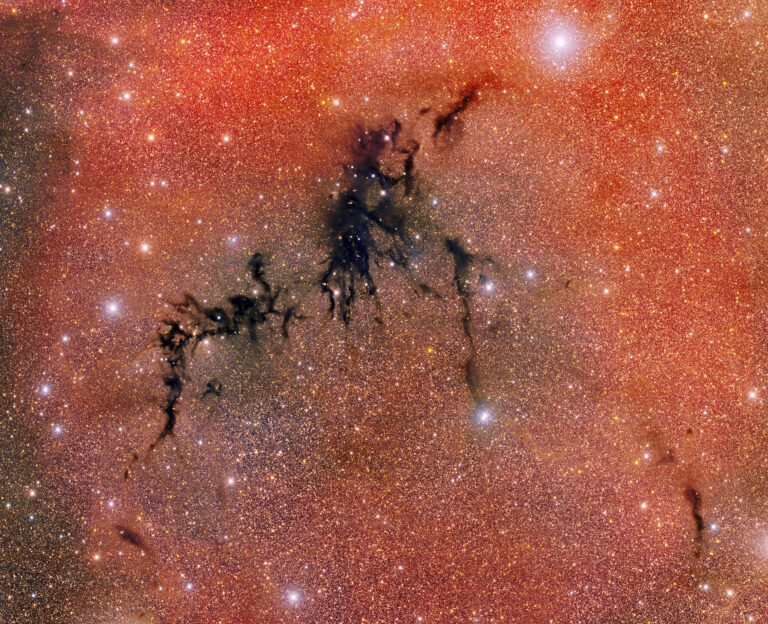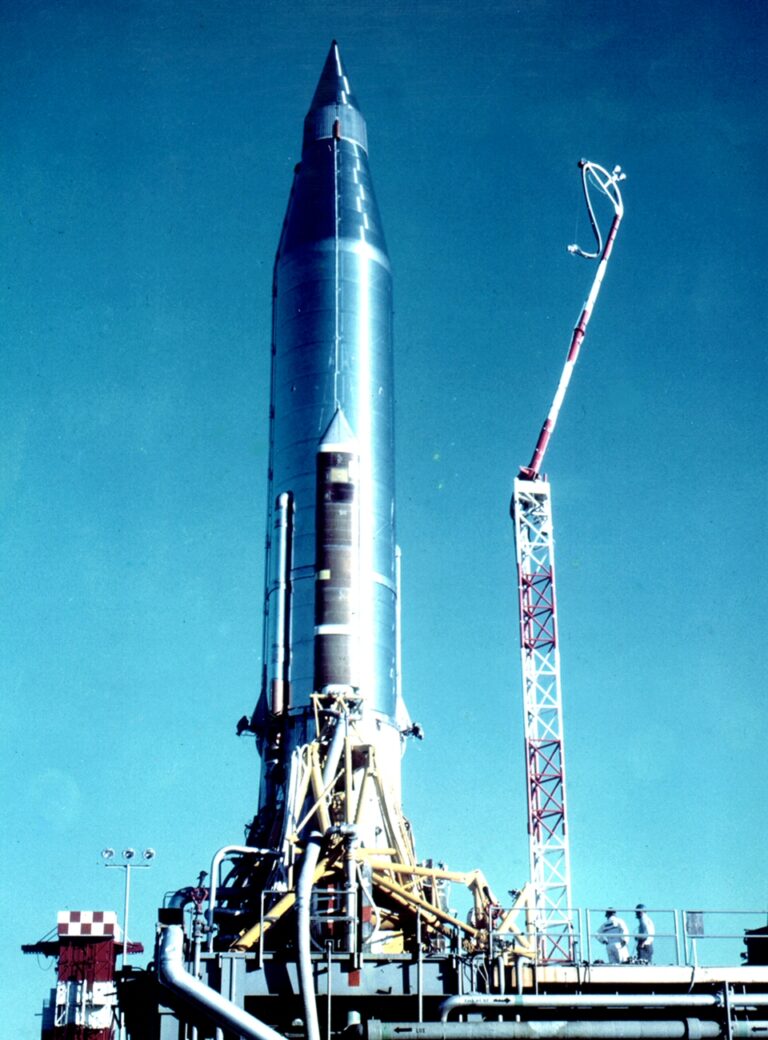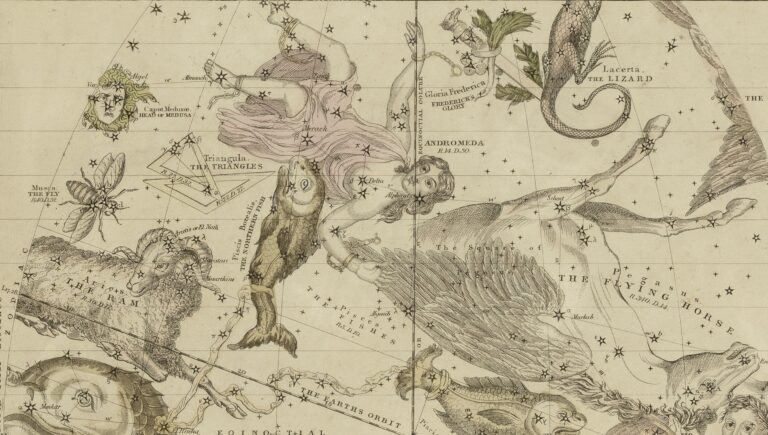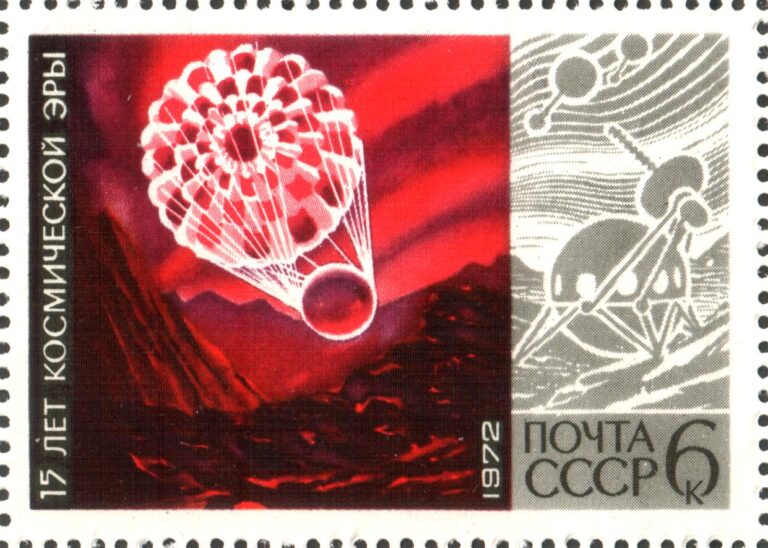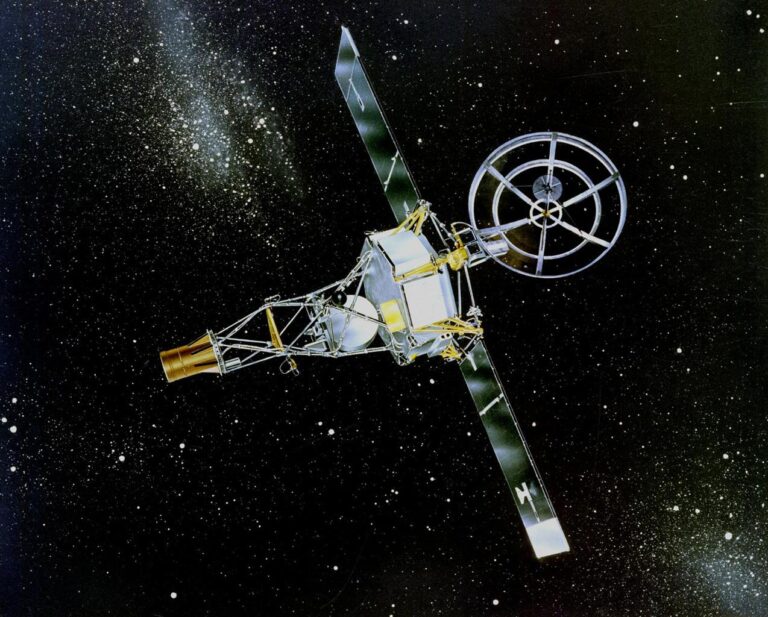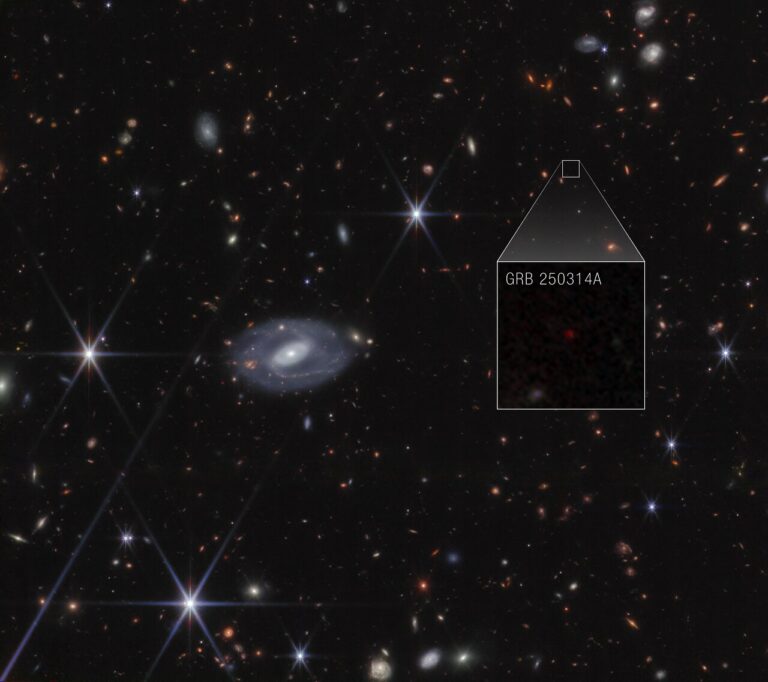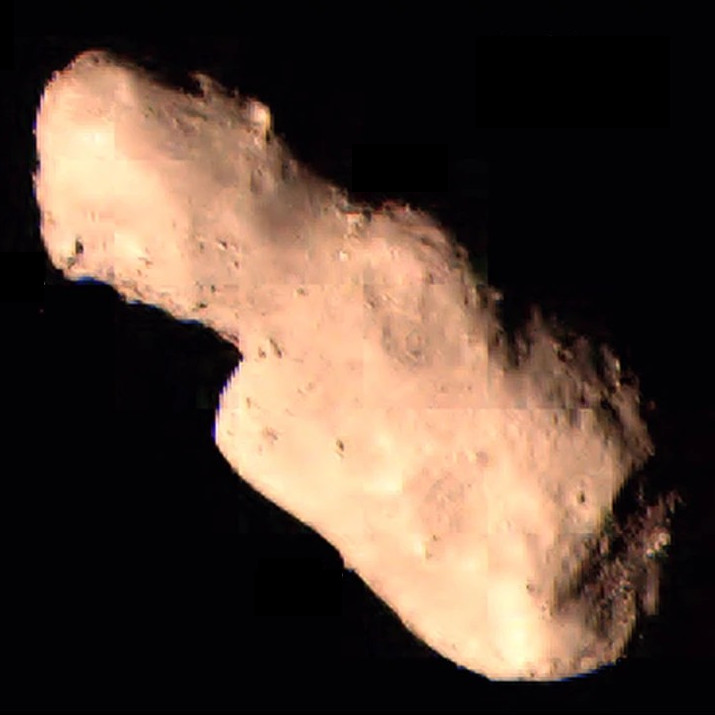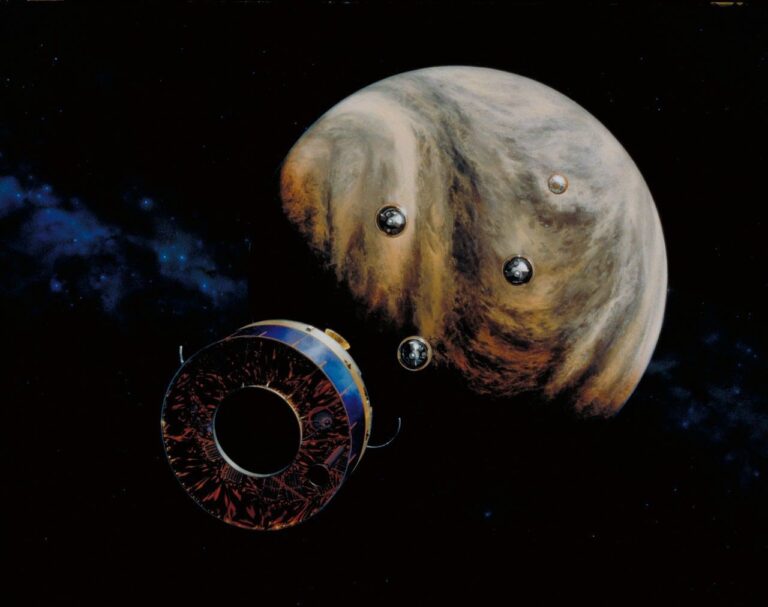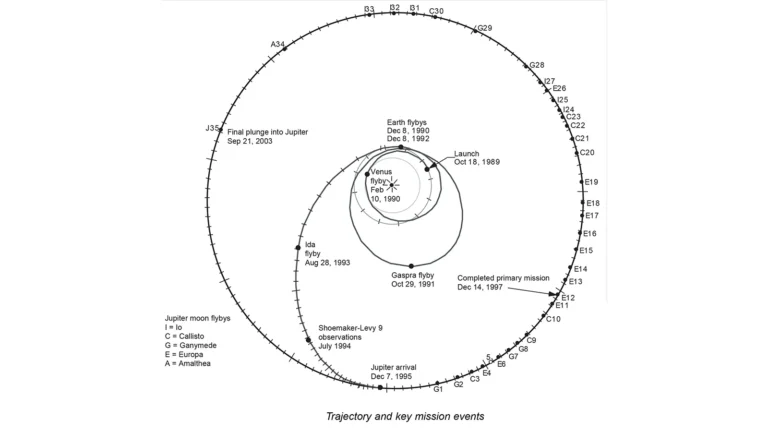Key Takeaways:
For Whovians, this James Webb Space Telescope image of NGC 628 posted on Judy Schmidt’s Flickr account might remind you of the opening credits. But where the TARDIS is flying through the time vortex, JWST is simply doing what it does best: looking at the night sky in infrared.
Schmidt works on the Physics at High Angular resolution in Nearby GalaxieS (PHANGS) Survey, which is one of the Treasury programs NASA has selected for JWST. These programs include observations that are immediately available to the public and which have been selected for their scientific value. Aside from making their data accessible, PHANGS’ goal is to uncover the mystery of star formation.
To do this, PHANGS is targeting face-on spiral galaxies that lie around 50 million light-years distant. Previously the collaboration has looked at 90 galaxies in microwave light using the Atacama Large Millimeter/submillimeter Array (ALMA), obtained spectra from 19 galaxies using the Very Large Telescope’s Multi Unit Spectroscopic Explorer, and observed 38 galaxies in visible and ultraviolet wavelengths using Hubble. JWST is now filling in the areas of these targets that were previously obscured by dust.
And, crucially, it is inside these regions that stars are just beginning to form, allowing researchers to see their entire evolutionary development.


